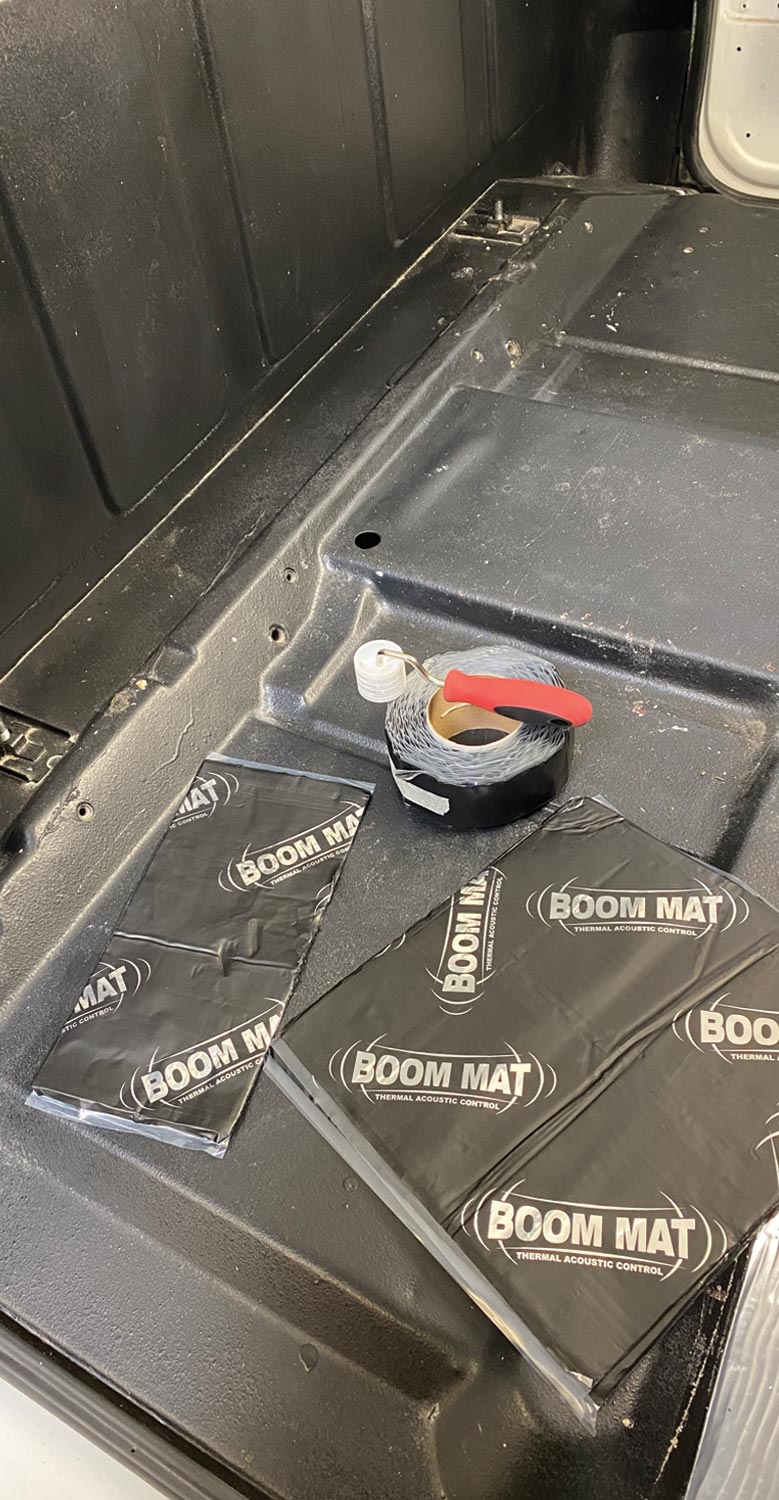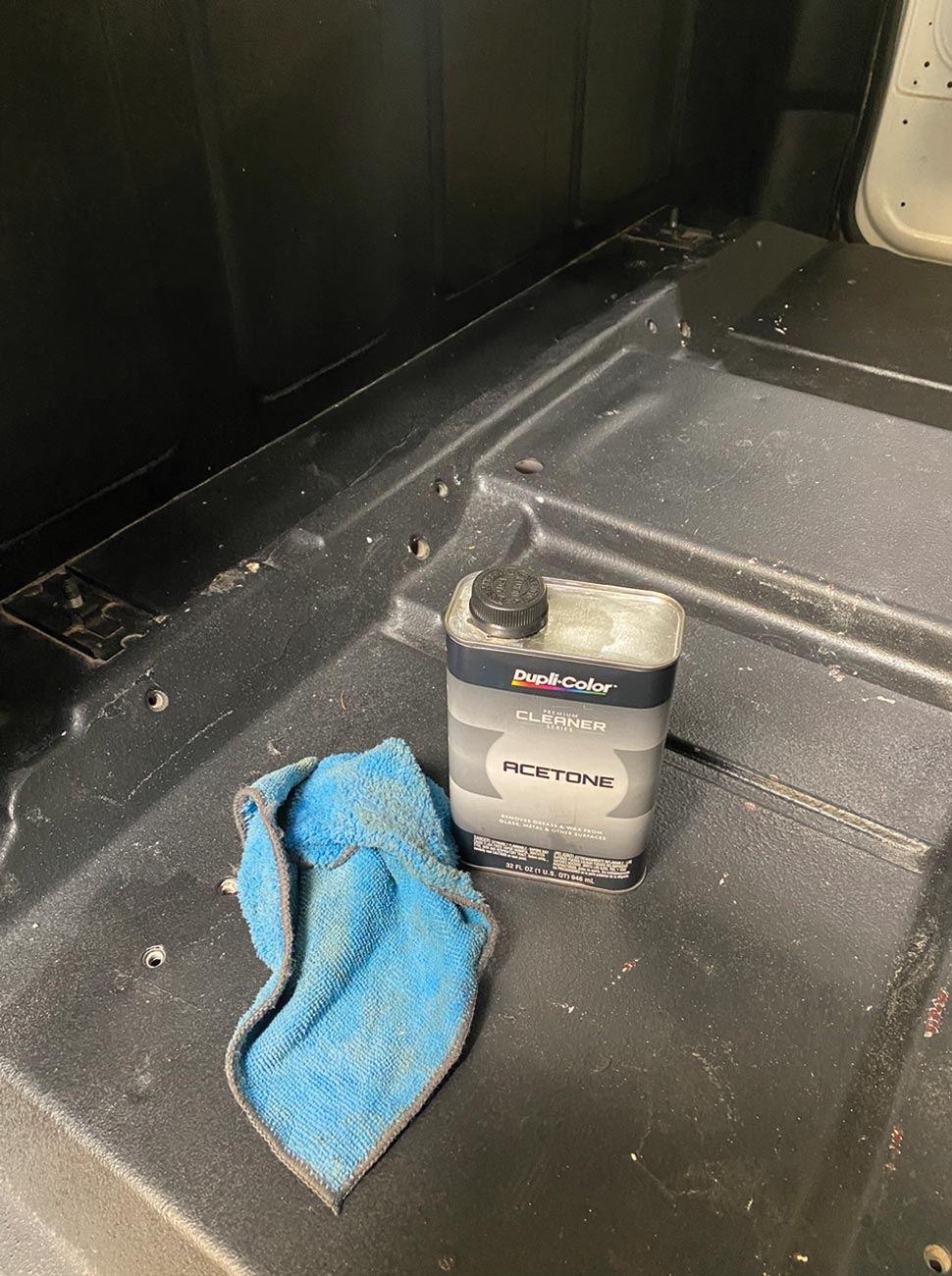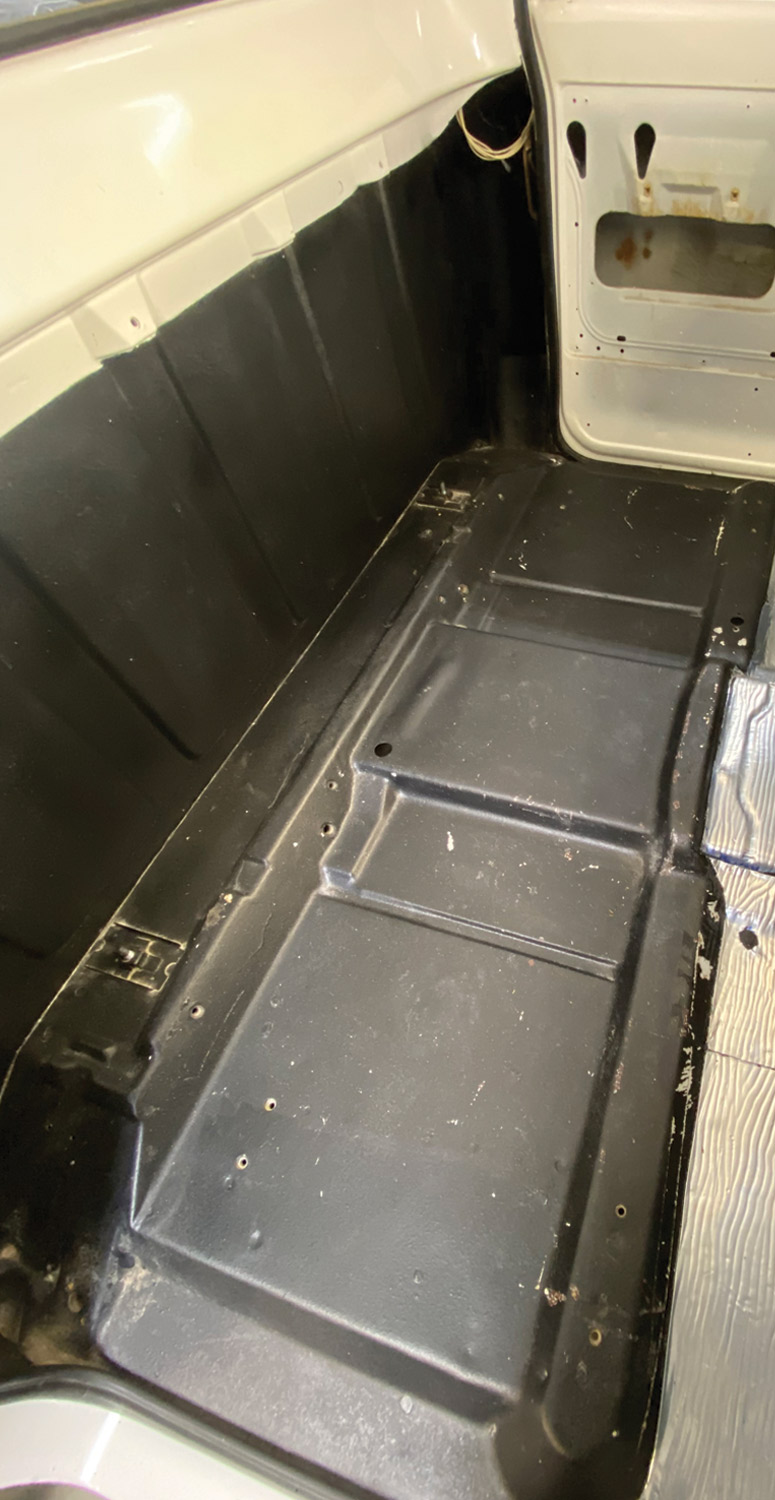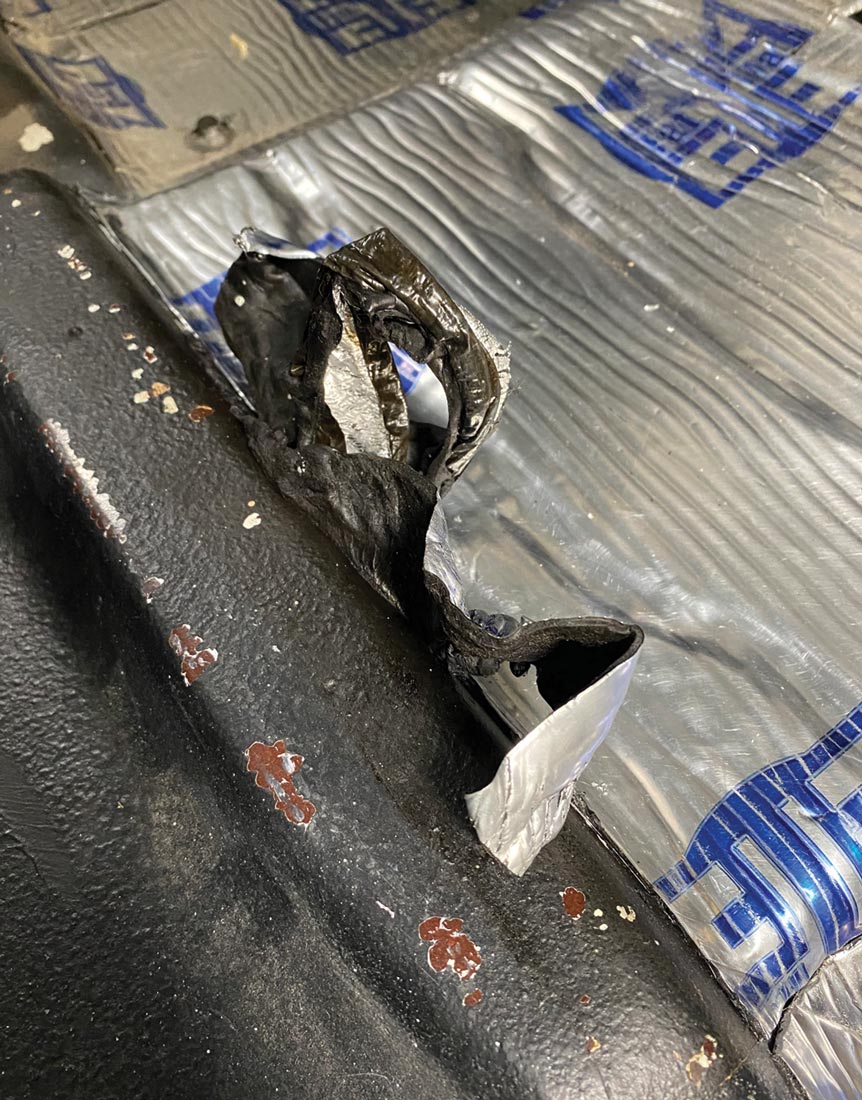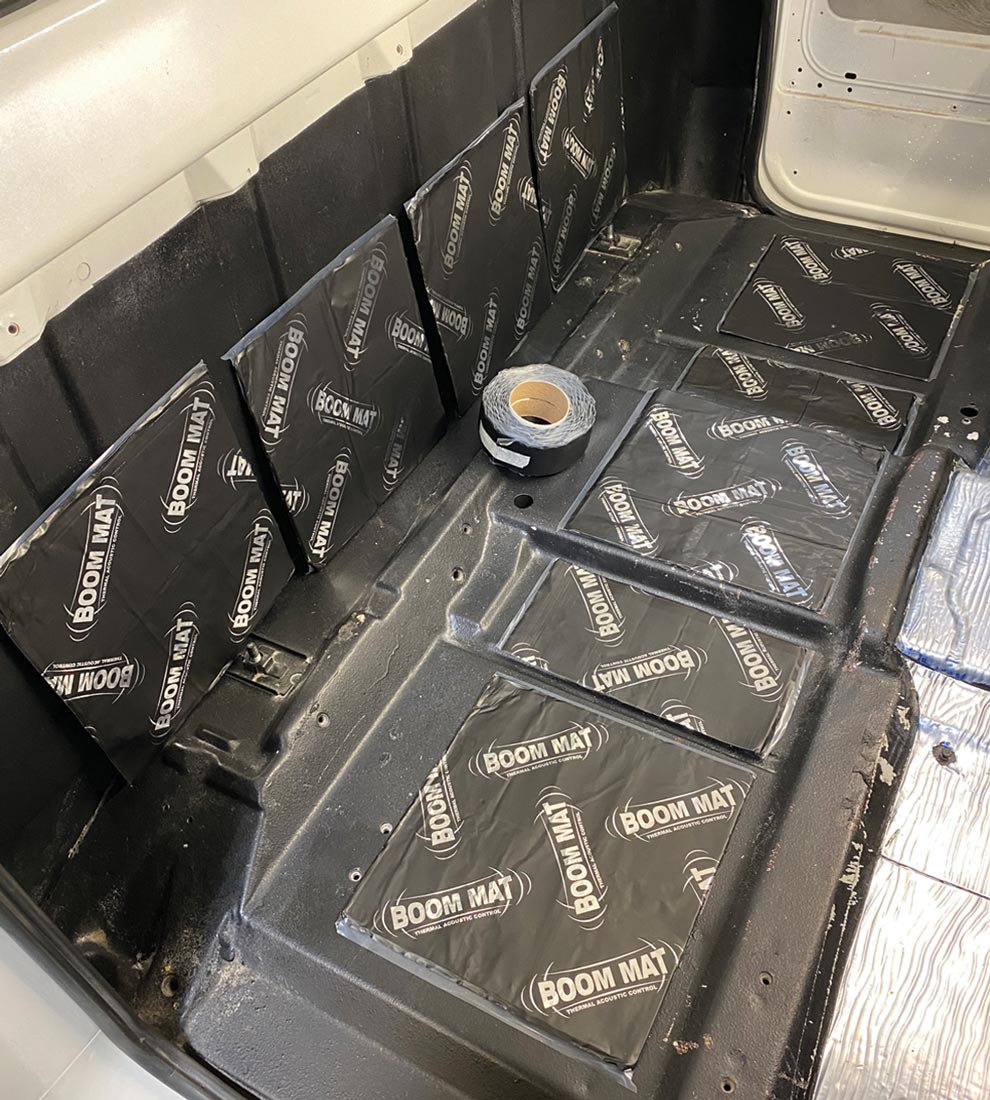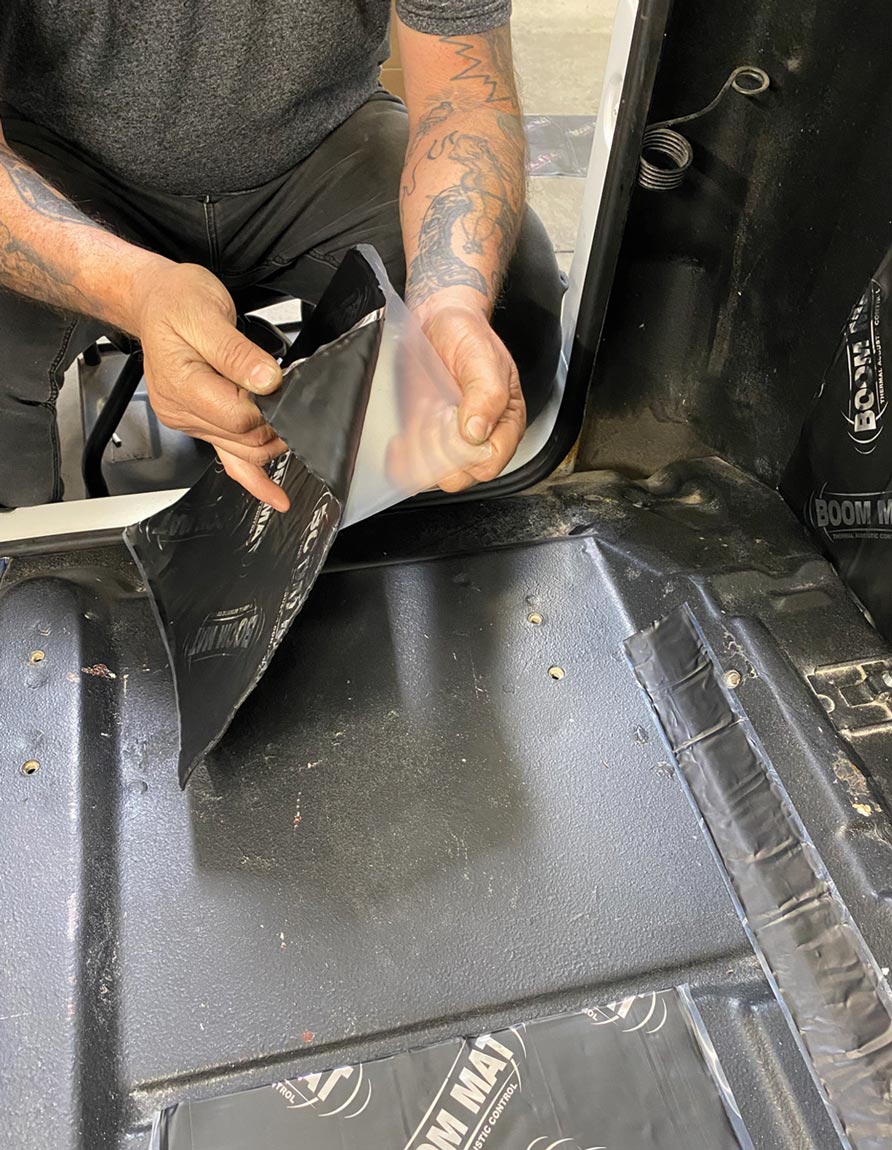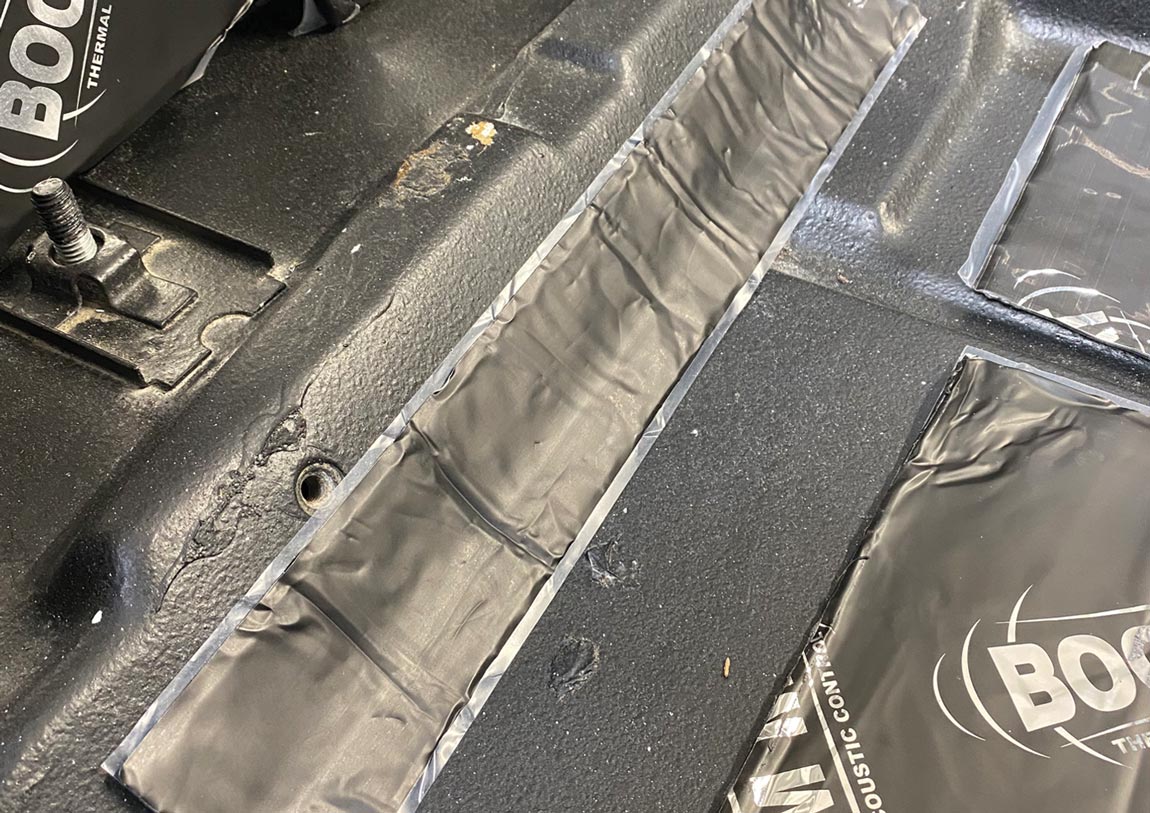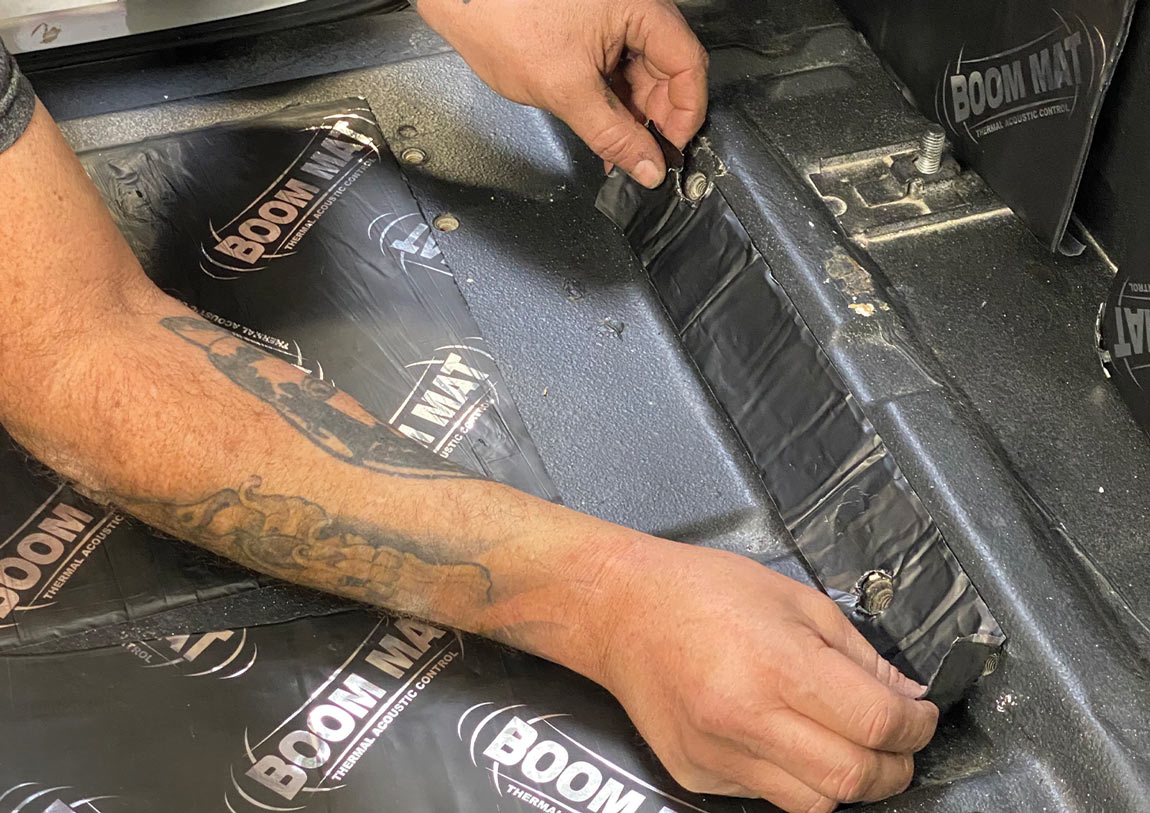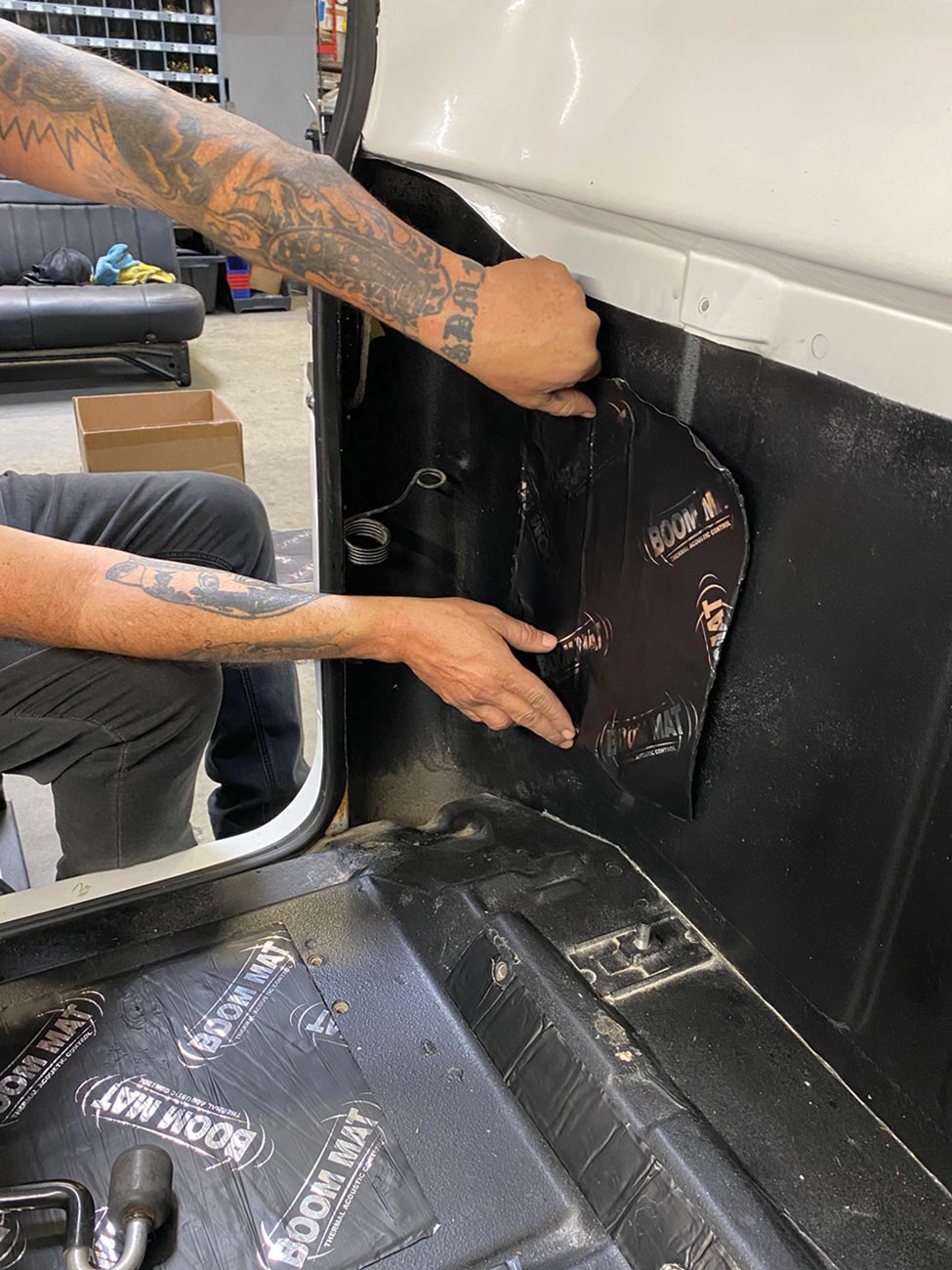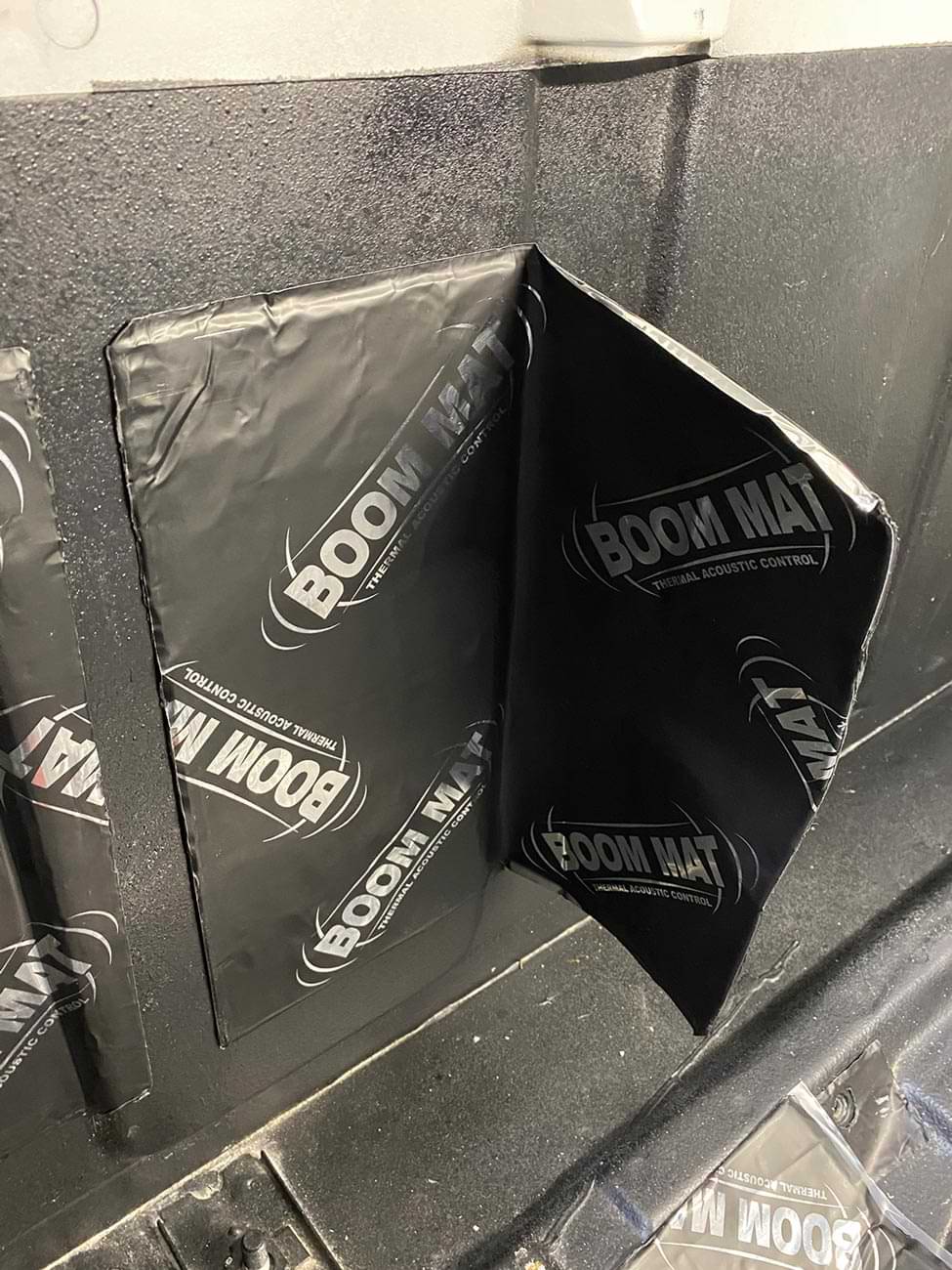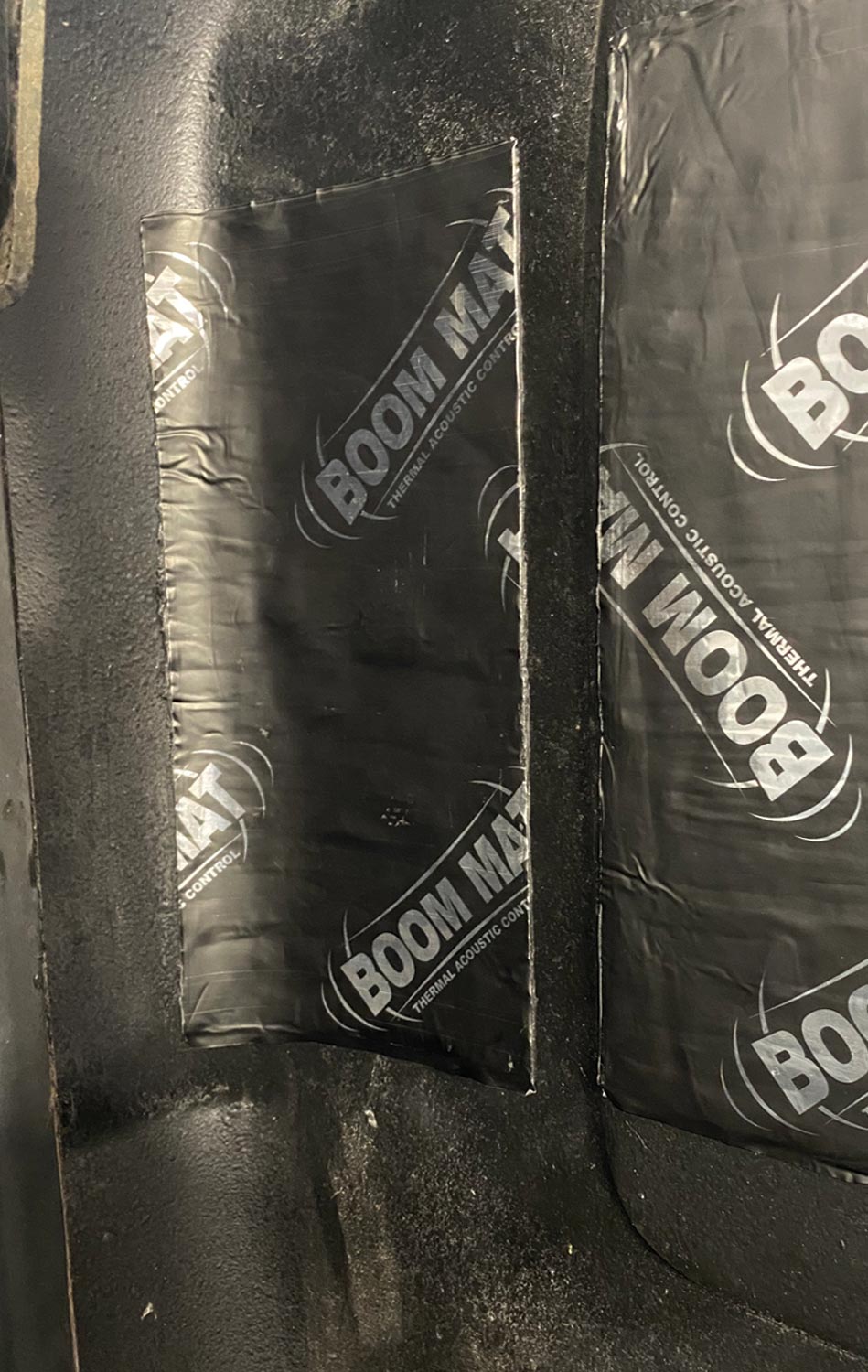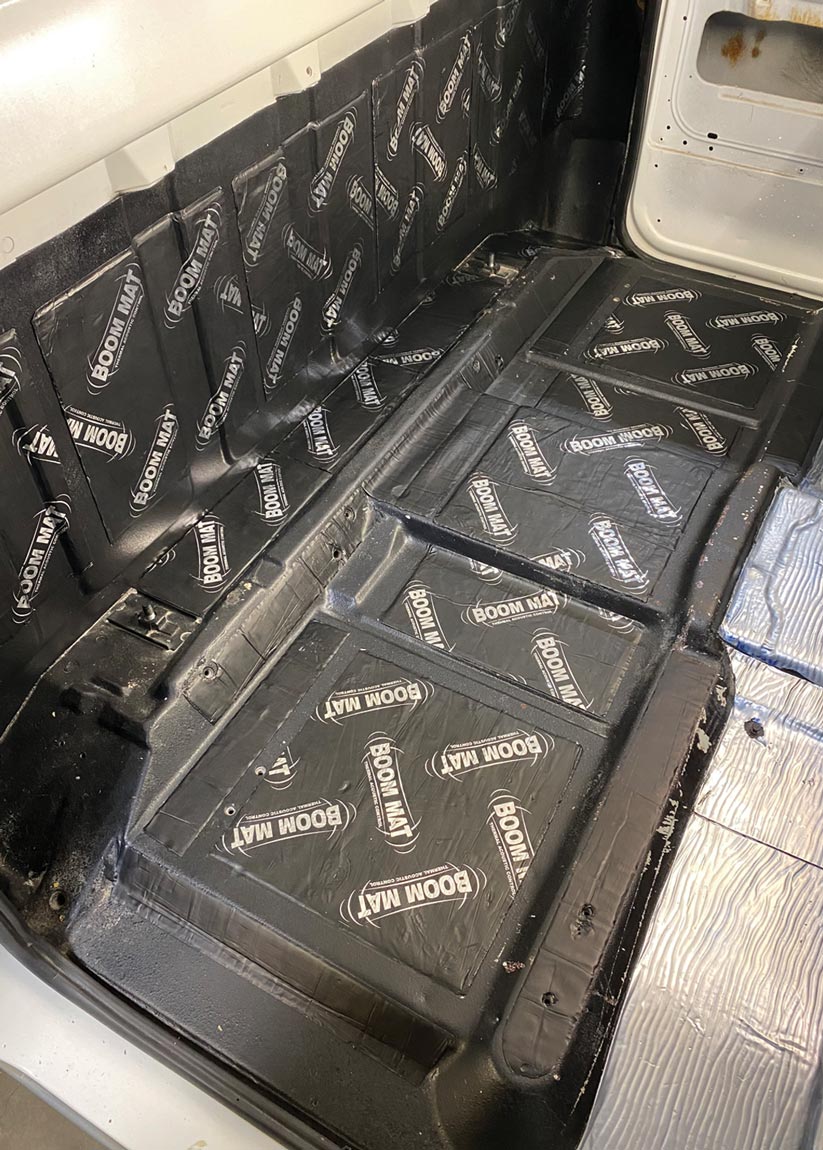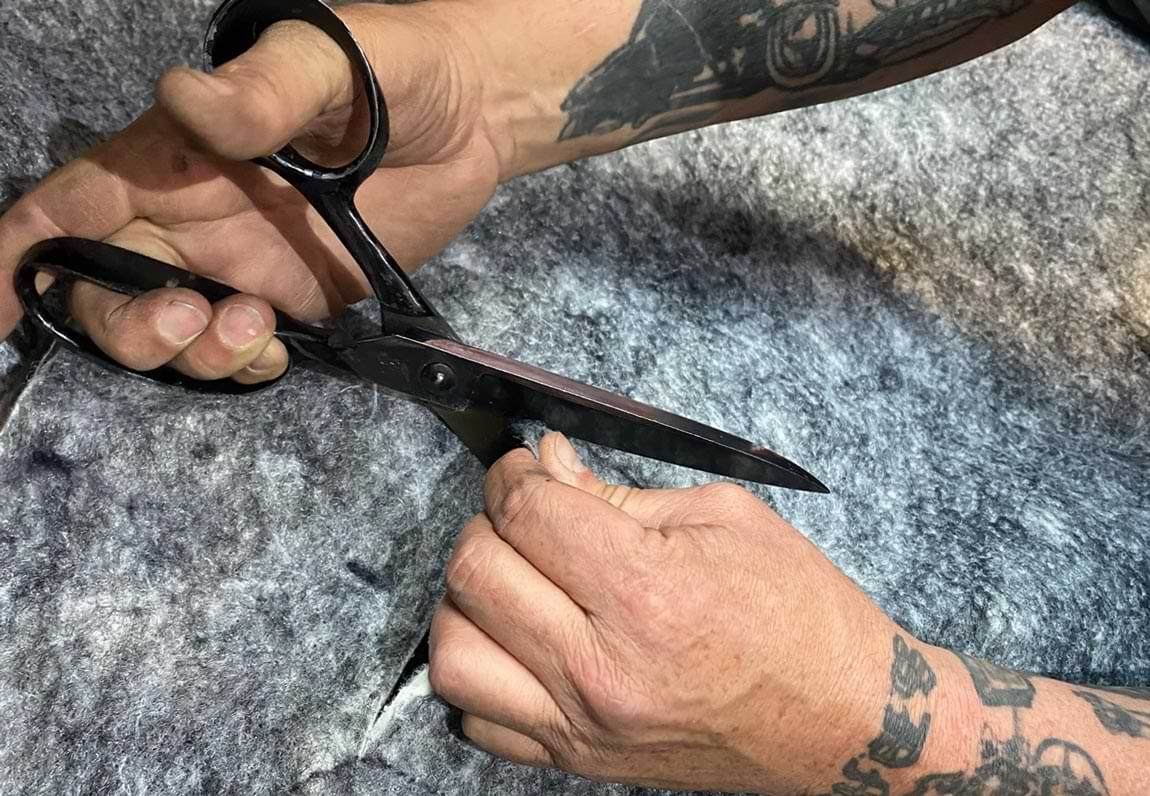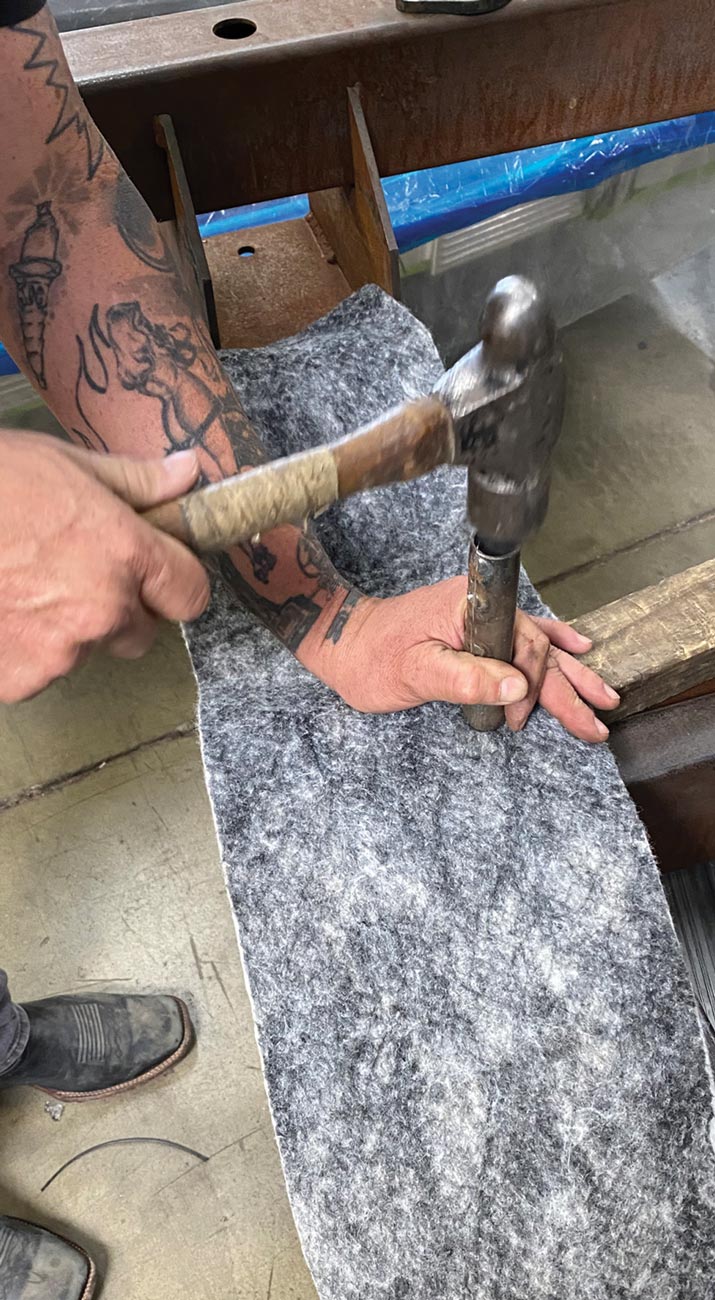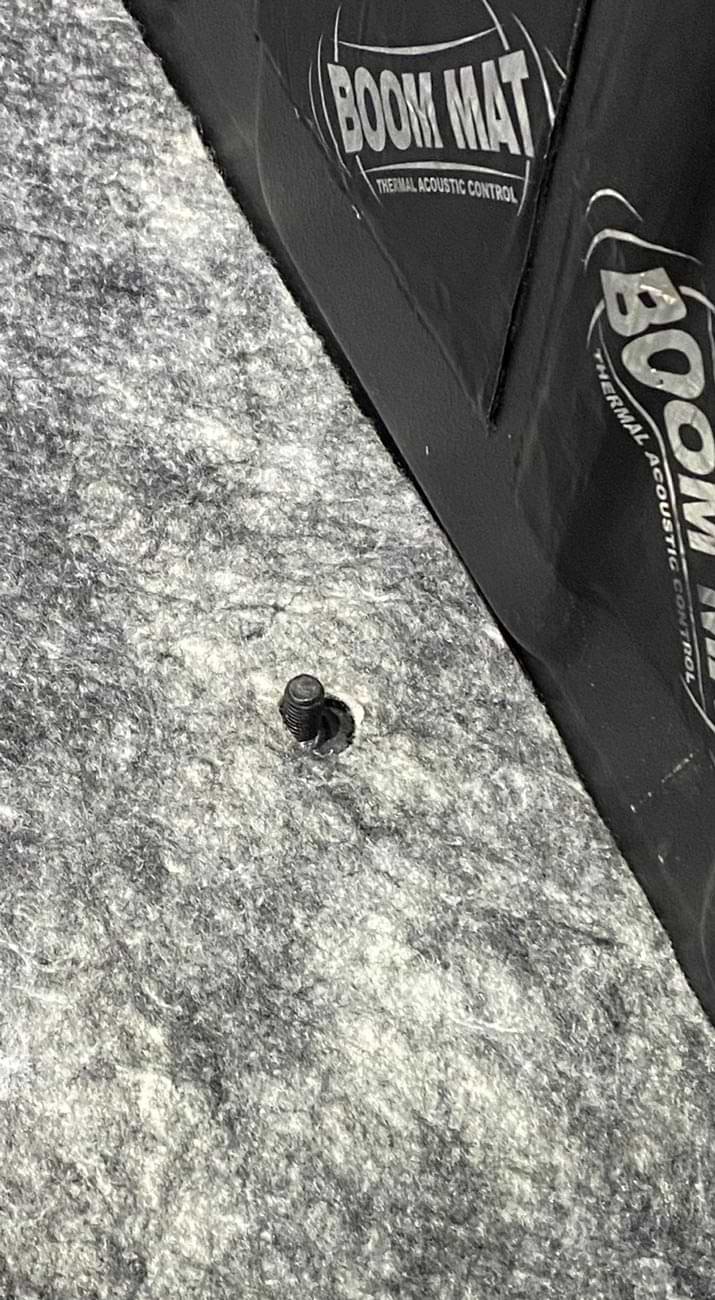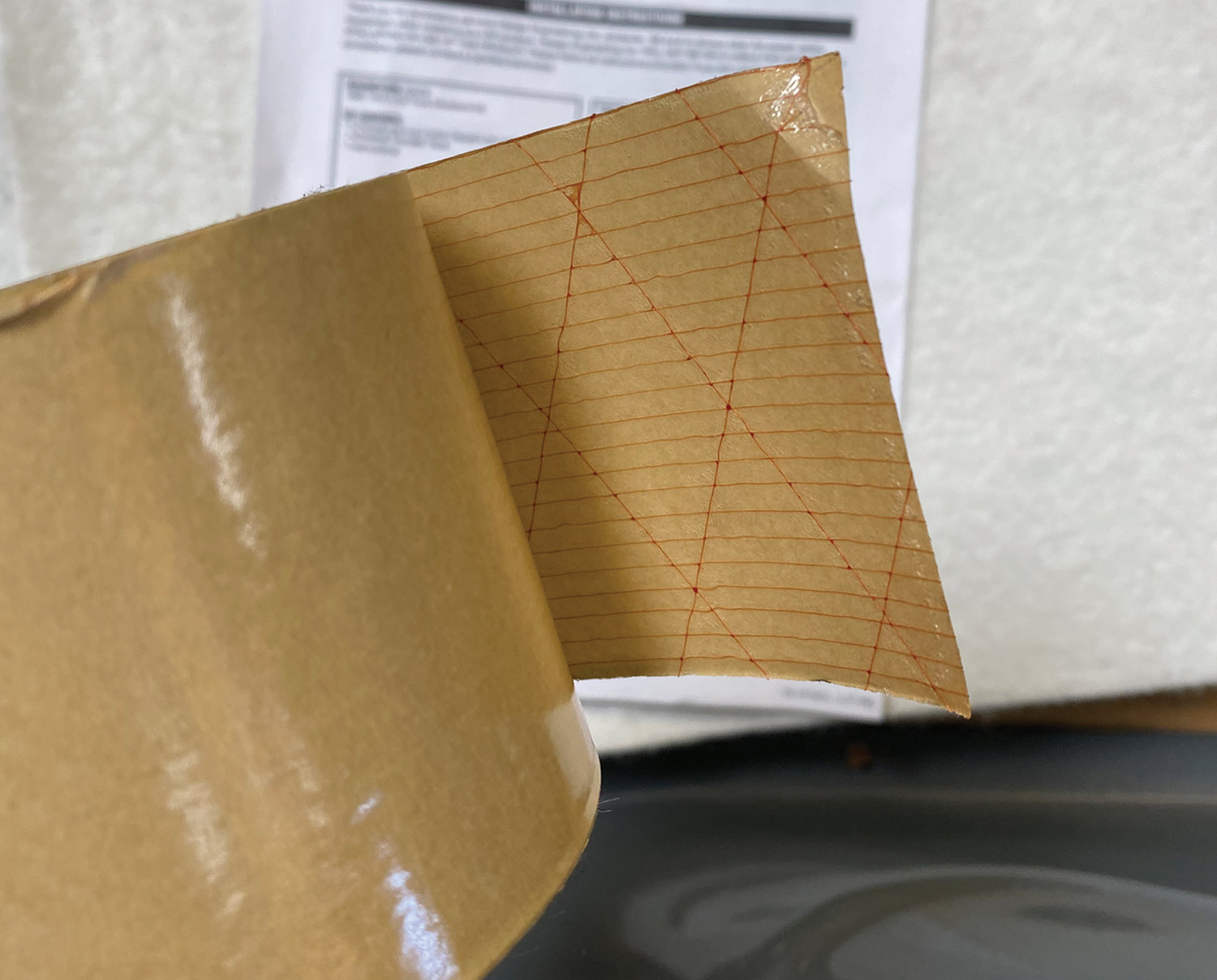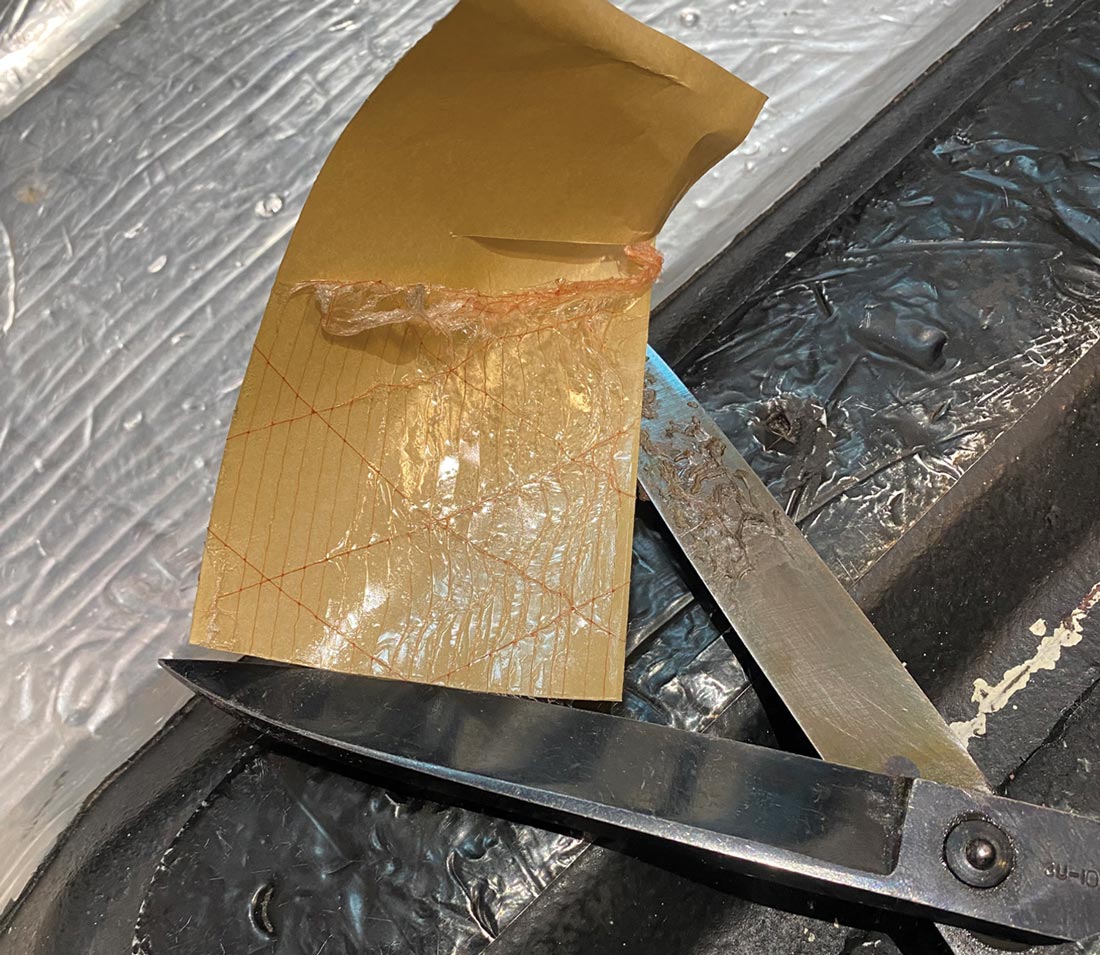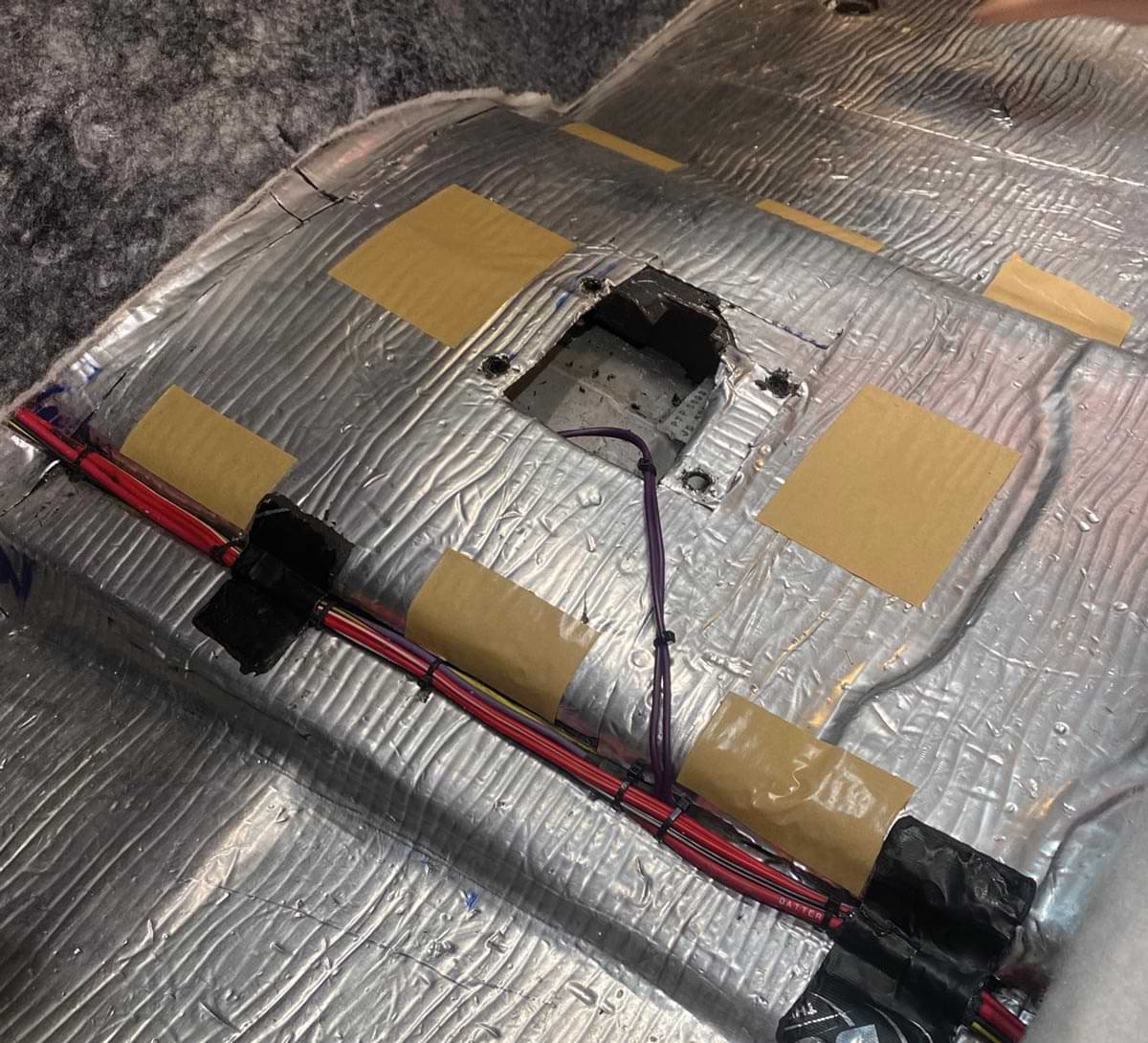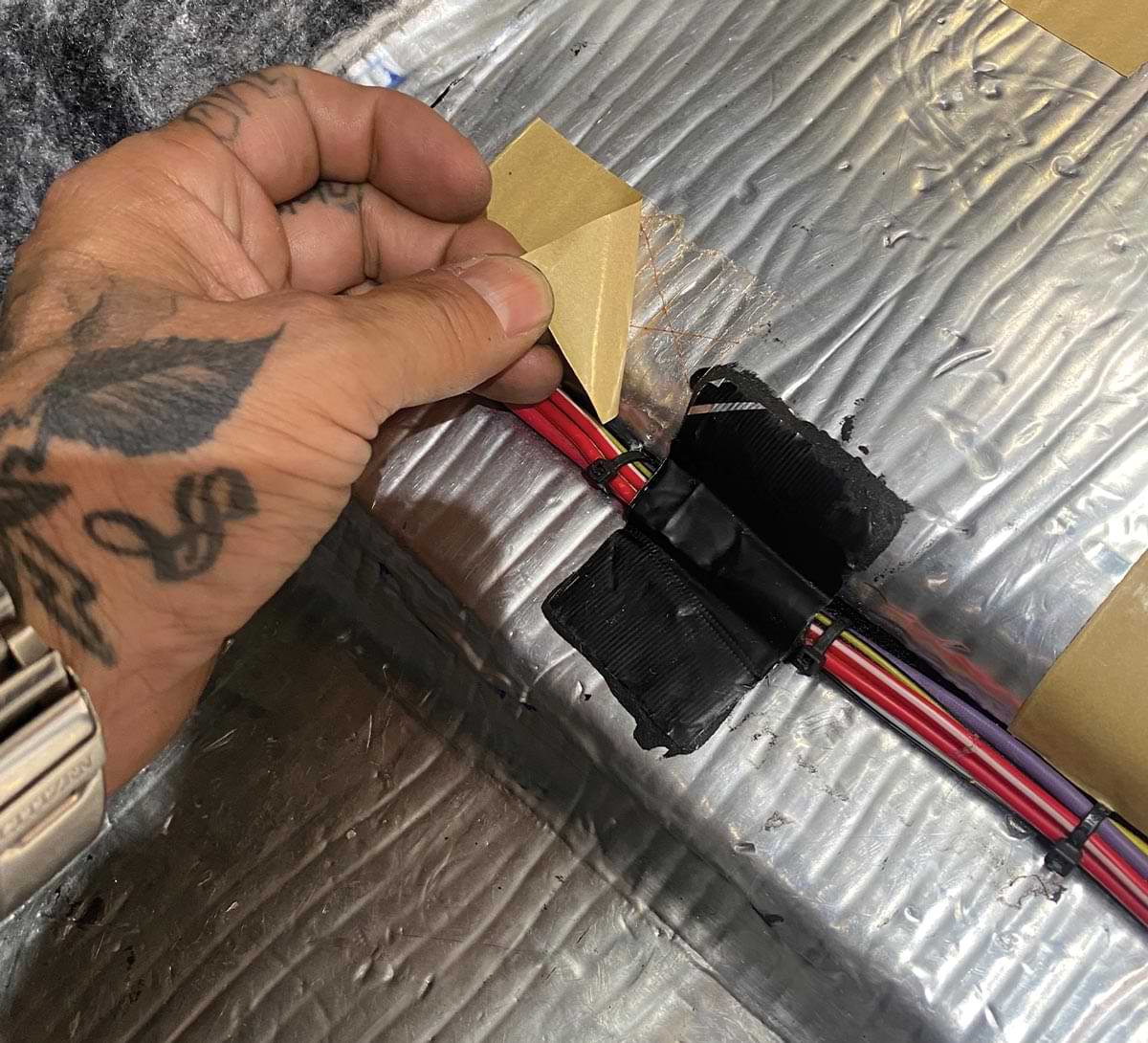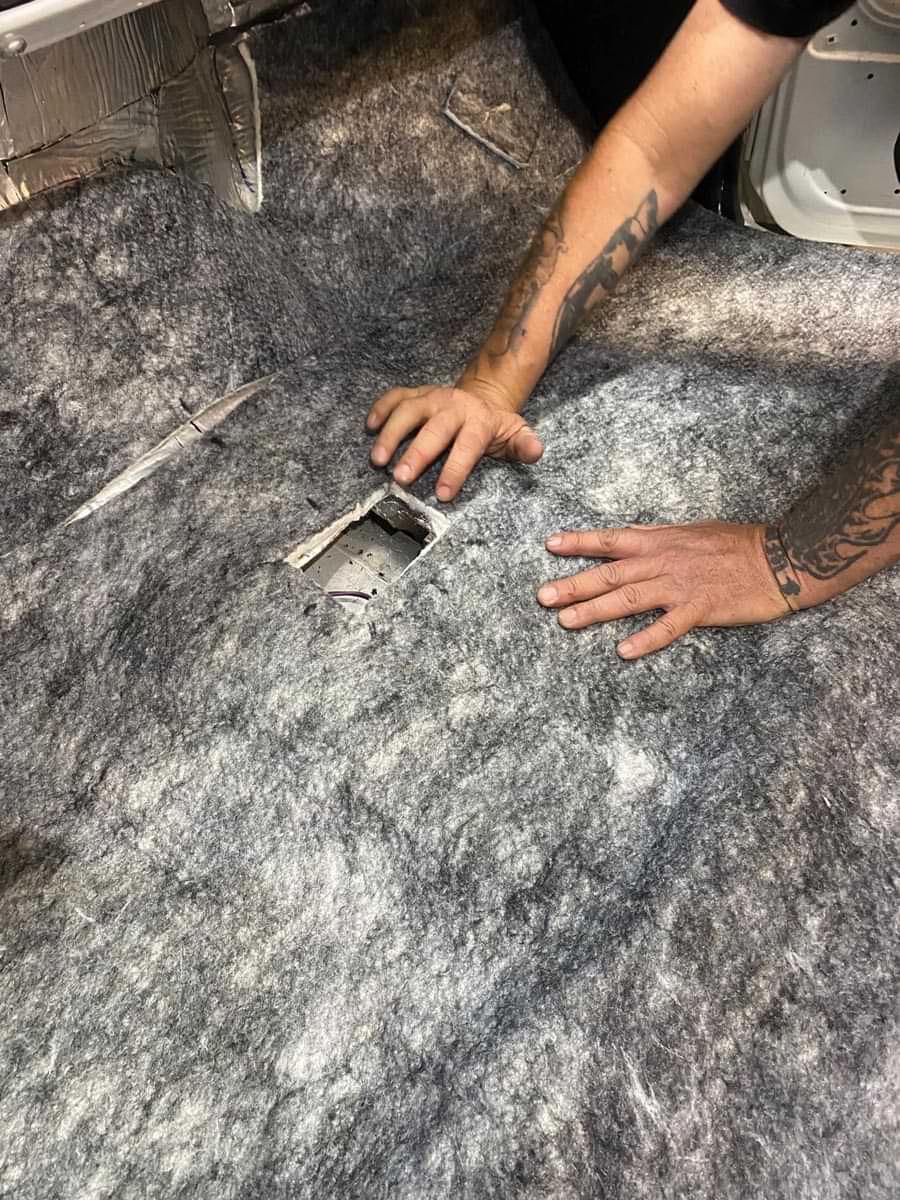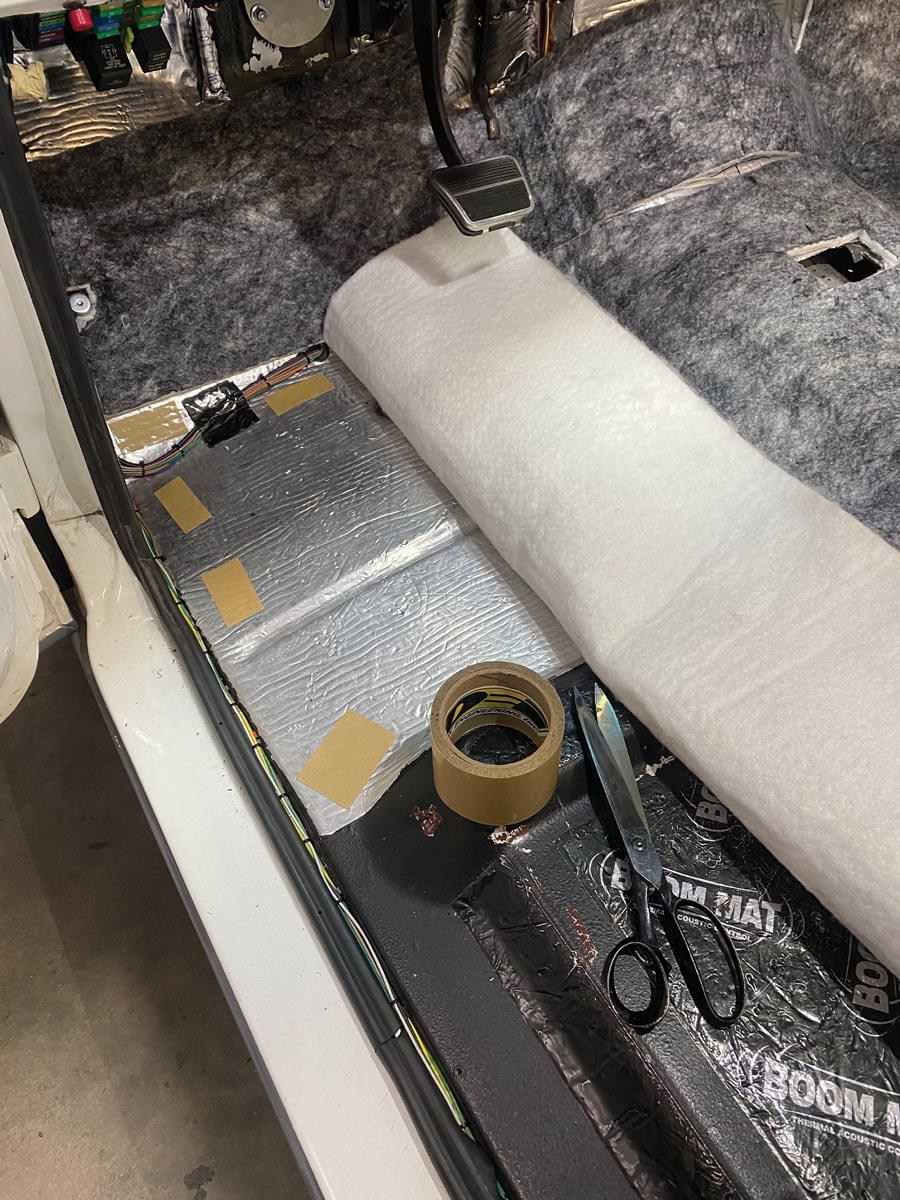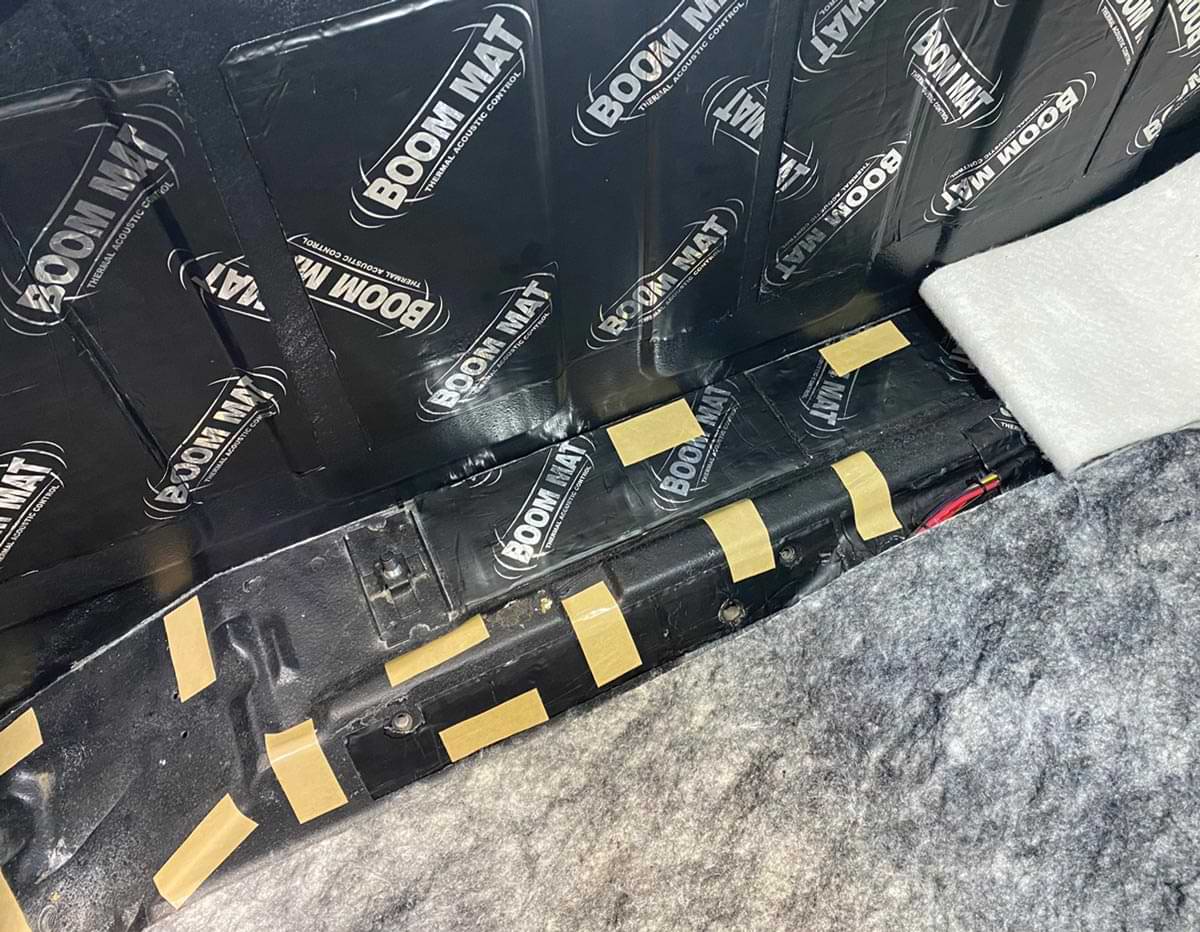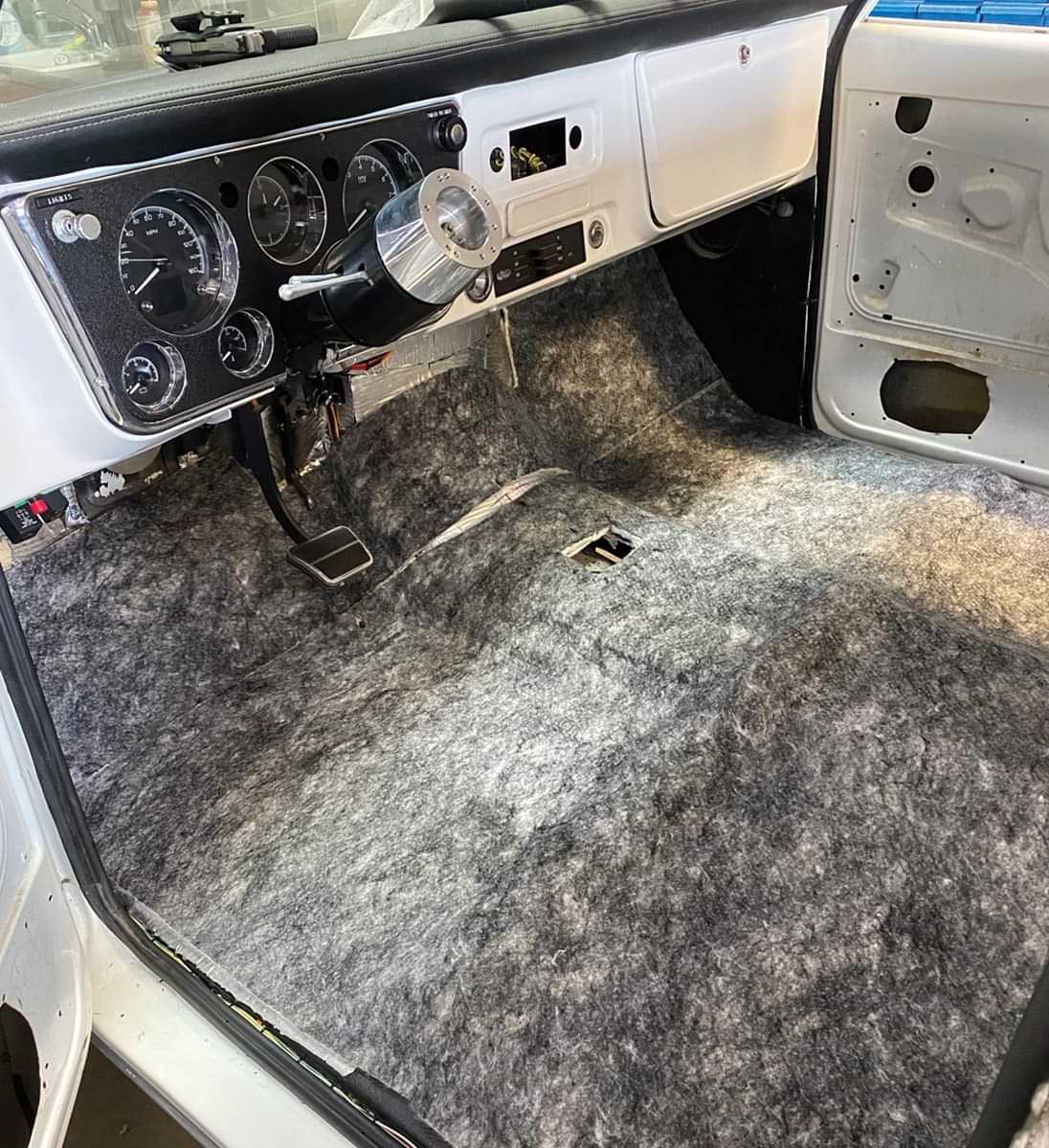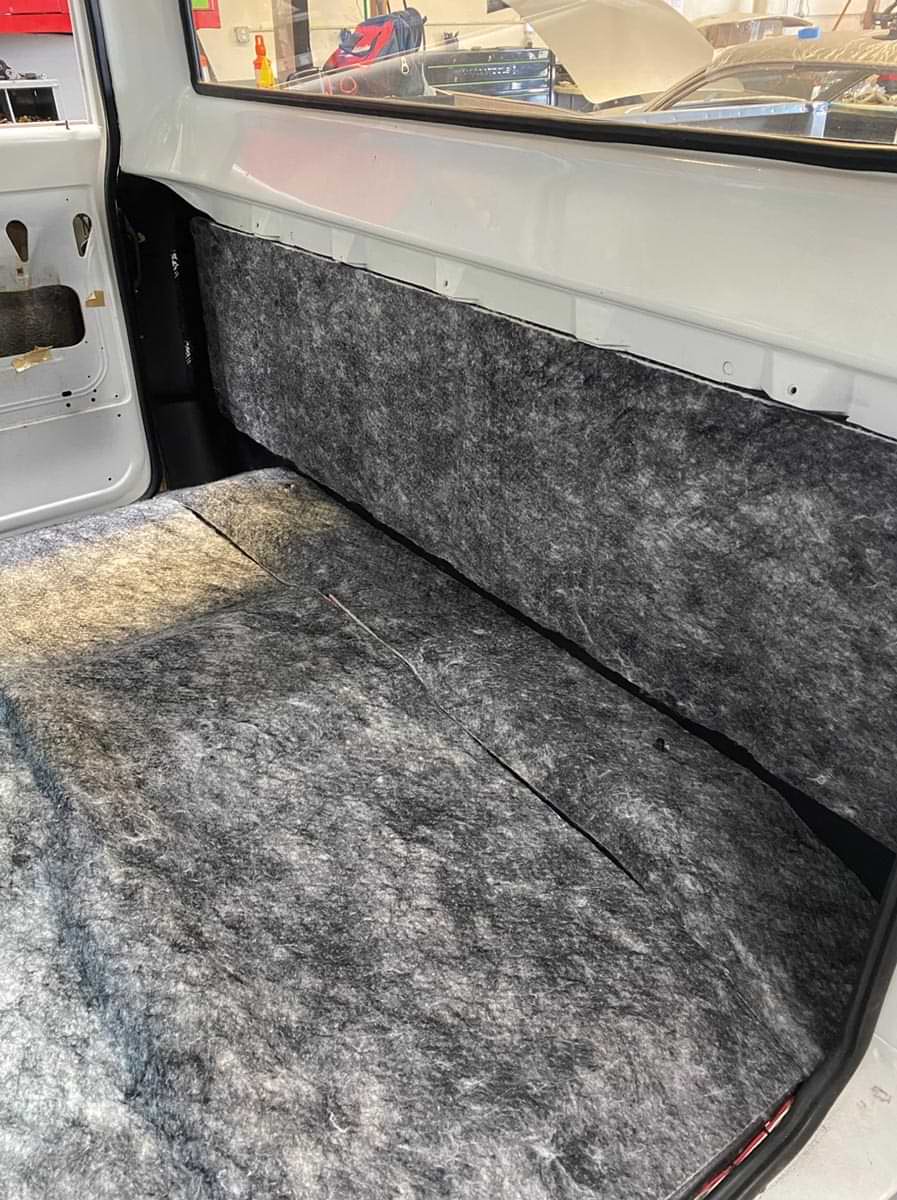
 Tech
TechInTheGarageMedia.com
BY Rob Fortier Photography BY THE AUTHOR
Photography BY THE AUTHOR

here’s nothing worse than the hot—and loud—interior of an old Chevy truck. Now that I’m an expert in the field of interior thermal-acoustic control dynamics (insert nerdy emoji), after recently equipping my ’48 three-window’s inner cab sanctum accordingly, I can fully attest to the importance of having the proper materials applied in the cab of your truck (no matter the year/make) BEFORE you begin laying any carpet or upholstery.
This month, I get the pleasure of showcasing Design Engineering Inc.’s (DEI) pre-cut Boom Mat Under Carpet Lite kit for ’67-72 Chevy/GMC using my own ’69 C10 as the volunteer. Now, when I say “pleasure,” I mean that in a literal sense, as the installation was as straightforward as they come. Since my Chevy is pretty much OE interior floorspace-wise (with the exception of a poorly cut hole in the trans tunnel for an automatic shifter), having a “pre-cut” kit took all of the guesswork out of both the initial and secondary product placement process. Having a high-quality (i.e., VERY sticky) adhesive transfer tape in lieu of spray (i.e., MESSY) adhesive to use for attaching the secondary noise/vibration control product was a much-welcomed feature.
The job began with the complete removal of all interior items: seat, carpeting, and so on. Now, the one drawback I immediately encountered had nothing to do with the DEI products, rather, a previously installed “Brand X” foil-back insulation from the front of the bench seat forward. Initially, I tried to remove that layer, but as anyone who’s ever tried can attest, it was near impossible to peel off. That said, after thoroughly cleaning all exposed metal surfaces, I focused on installing the Boom Mat beneath the seat as well as the rear cab panel; the Under Carpet Lite installation was not affected.
